The ensemble alludes to representations of Tantric or esoteric Buddhism, Vajrayana Buddhism, but it is more likely an erotic bronze made in Europe at the beginning of the 20th century.
The upper part, forming the lid, shows a young woman (a goddess?) seated, leaning on the base with her left hand.
In her right hand, she holds a flower, which she brings to her face. Beside her are a skull and a vase.
This lid has the shape of a tomb which, once opened, reveals a couple of deities making love and kissing.
Scattered around them are several easily identifiable ritual objects, such as the bell (ghanta) or the Buddhist knife (kartika), whose blade is used to break what alienates us. The third object is perhaps a skull-shaped cup (kapala) commonly used in Vajrayana Buddhist practices.
The mystery and eroticism associated with these esoteric practices gave rise to fanciful objects that have little to do with a Tibetan origin or their sacred meaning, but attest to the taste for exotic eroticism that was very present in Europe at the turn of the century and the beginning of the 20th century.
Two small bronze screws allow the box to be closed so that it does not reveal the risqué scene to chaste eyes!
We found a similar example, gilded and without the lid, in a 1995 Christie's auction in Amsterdam, and another that appeared at auction in Germany in the 2000s, but this complete bronze object presented a beautiful patina remains a rarity.











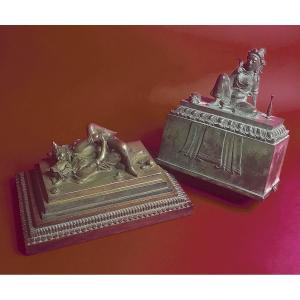












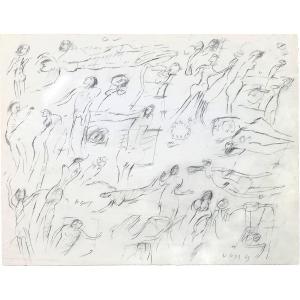

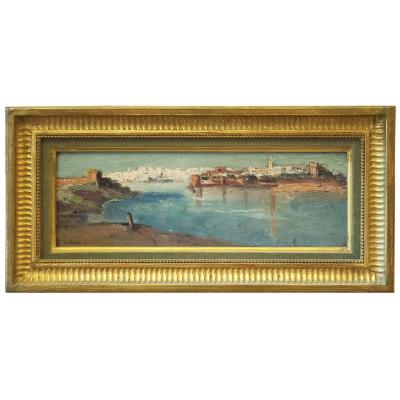



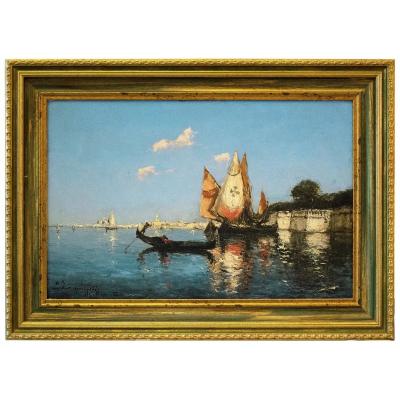






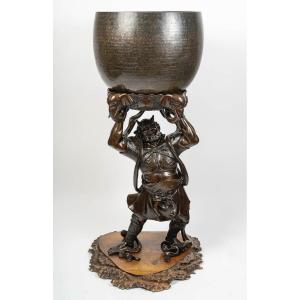


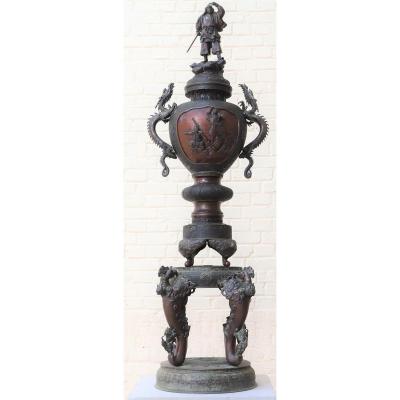



 Le Magazine de PROANTIC
Le Magazine de PROANTIC TRÉSORS Magazine
TRÉSORS Magazine Rivista Artiquariato
Rivista Artiquariato